What is Keller Pils (Kellerbier)?
Keller Pils, often called Kellerbier or Kellerpils, is an unfiltered, naturally cloudy German-style beer. It sits somewhere between a classic Pilsner and a traditional Kellerbier: bright hop character and a crisp finish from noble hops (like Tettnang), with the softer, malt-driven backbone and subtle yeast notes of a cellar beer. It’s usually served fresh, slightly hazy, and with a gentle carbonation.
Common Questions About Kellerbier
kellerbier recipe — How do brewers make a Kellerbier?
A basic Kellerbier recipe focuses on simplicity and freshness. Here’s an outline of the approach rather than a step-by-step homebrew formula:
- Malts: Use a pale base malt (Pilsner or pale lager malt) with a small percentage of Munich or Vienna for honey and cereal notes.
- Hops: Noble hop varieties (Tettnang, Hallertau, Saaz) for mild floral and herbal aromas.
- Yeast: A clean lager yeast or a hybrid ale/lager strain that leaves a touch of yeast character without overwhelming esters.
- Mash: Single infusion mash to emphasize fermentable sugars and a crisp finish.
- Fermentation: Cool fermentation typical of lagers, followed by a short maturation. Many Kellerbiers are not cold-conditioned as long as typical lagers; they’re often released young and fresh.
- Conditioning: Light carbonation and minimal filtration — the beer remains slightly cloudy with some yeast in suspension.
This approach yields the delicate floral/herbal hop character married to the honeyed and cereal notes from the malts.
zwickelbier where to buy — Where can I buy Zwickelbier or Kellerbier?
Zwickelbier (a close cousin of Kellerbier) and Kellerbier can be found through several channels:
- Local craft beer stores and bottle shops—ask for seasonal or unfiltered German-style lagers.
- Specialty online retailers and marketplaces that ship craft imports.
- Direct from regional breweries or brewpubs, especially German or Bavarian-style breweries.
- Beer festivals and farmers’ markets where small-batch and unfiltered beers are showcased.
If you’re looking for a ready-to-try example with noble hop character and a soft malt backbone, consider sampling
as a fresh Keller Pils option.kellerbier sam adams — Does Samuel Adams make a Kellerbier?
Sam Adams has produced seasonal and experimental lagers that resemble cellar-style beers at times, but availability varies. Many large craft breweries experiment with unfiltered lagers and cellar ales; if you’re comparing styles, look for keywords like “unfiltered,” “keller,” “zwickel,” or “landbier” on labels and brewery tasting notes.
keler beer — Is that a different beer?
“Keler beer” is usually a misspelling of “Keller beer” (Kellerbier). If you see the term, it’s safe to assume it refers to the same unfiltered cellar-style lager discussed here.
landbier — How is Landbier related to Kellerbier?
Landbier is a traditional German rural beer style—simple, regional, and often unfiltered. It shares much in common with Kellerbier in terms of approach: emphasis on local malts and hops, drinkability, and a straightforward, honest flavor profile. Think of Landbier as a local, rustic cousin to the Kellerbier family.
Tasting Notes and Food Pairings
Keller Pils typically presents:
- Appearance: Slightly hazy, pale gold.
- Aromas: Light floral and herbal notes from noble hops; soft cereal and honey from malts.
- Palate: Crisp but gentle bitterness, medium-light body, faint yeast character.
Pair it with:
- Light cheeses, smoked fish, or grilled chicken.
- German classics: bratwurst, pretzels, and potato salad.
- Fresh summer salads where the beer’s herbal notes complement vinaigrettes.
Quick Tips for Enjoying Kellerbier
- Serve fresh and slightly cool — around 6–8°C (43–46°F).
- Avoid over-chilling: noble hop aromas are best enjoyed at moderate serving temperatures.
- Look for unfiltered phrasing on labels — that’s a good sign you’ve found a true Kellerbier or zwickelbier.
Final Thoughts
Keller Pils and related styles like Zwickelbier and Landbier celebrate fresh ingredients, noble hops, and a straightforward, drinkable profile. Whether you’re brewing at home or exploring bottles and draft options, seek out freshness, a balance of soft malt sweetness and subtle hop herbs, and minimal filtration.



